Taboos for Drinking Bingpian Wine
Bingpian is actually a processed product of the resin from the Dracaena cochinchinensis tree, also known as Meipian. It can be used to improve health when consumed. In this article, we will explore the taboos for drinking Bingpian wine and what precautions need to be taken.
Taboos for Drinking Bingpian Wine
The resin can be extracted from the cracks of the Dracaena cochinchinensis tree and processed into Bingpian through special techniques. Alternatively, the branches of the tree can be cut and chopped into pieces, then sublimated through steam distillation and cooled to obtain crystals, which is what we call Bingpian.
Scientific consumption of Bingpian can have the effects of clearing heat, relieving pain, and awakening the mind. It is particularly effective for symptoms such as coma, convulsions, fever-induced delirium, stroke, and sore throat. Traditional Chinese medicine believes that Bingpian has a cold, bitter taste. It is well-documented in ancient Chinese medical texts such as "Tang Materia Medica", "Haiyao Materia Medica", "Benjing Fengyuan", "Compendium of Materia Medica", "Pharmaceutical Properties of Traditional Chinese Medicine Prepared by Thunder", "Records of Other Medical Books", "Essentials of Materia Medica", and "Huiyue Yijing".
There are various methods of using and processing Bingpian in daily life. We should use it scientifically according to our own needs to avoid side effects. The specific taboos for drinking Bingpian wine are as follows:
First: Not suitable for people who should not consume Bingpian
It is recommended that pregnant women and patients with deficiency of Qi and blood should not consume Bingpian due to its cold properties. Excessive consumption is also not suitable as it may cause side effects. According to the ancient Chinese medical text "Commentary on the Materia Medica", if the cause of a disease is not the invasion of external wind evil, but rather deficiency of Qi and blood, consuming Bingpian will not be effective in treating the disease. In addition, if a child experiences vomiting and fright, they should not consume Bingpian, as it may worsen the condition.
Second: Usage and dosage of Bingpian
In order to avoid the taboos for drinking Bingpian wine, it is important to pay attention to the dosage when using this medicinal material. Bingpian's cold properties make it unsuitable for large doses. In general, there are many methods available for using this medicinal material. However, it should not be decocted in water, but rather ground into powder and made into pills or powder for consumption. It can also be soaked in white wine for internal use, or used as a powder for external application.
Third: Toxic side effects of Bingpian after consumption
Modern scientific research has found that Bingpian contains certain toxins, so improper use can easily cause poisoning or allergic reactions. High doses of Bingpian can stimulate the gastrointestinal tract, leading to nausea, abdominal pain, and diarrhea. It can also cause serious damage to the liver, spleen, and central nervous system, resulting in convulsions, loss of consciousness, and spasms. In severe cases, it can even lead to respiratory failure and death.
If allergic reactions occur after consuming Bingpian, symptoms may include rash all over the body, itching in the scrotum or lips, and accompanying discomfort such as shortness of breath, palpitations, and chest tightness. Clinical trials have also found that if Bingpian is used to treat hemorrhoids, some people may experience itching and burning around the anus, as well as red papules on the skin. In such cases, stopping the medication or receiving anti-allergic treatment can lead to recovery.
It is recommended that if discomfort occurs after consuming Bingpian, the medication should be stopped immediately and medical treatment should be sought to avoid jeopardizing one's life.
Fourth: Identification methods for Bingpian
Bingpian is a white or grayish-white translucent crystal, with a multi-sided sheet or granular appearance. It has a brittle texture and a special aromatic odor. It tastes cool and has a pungent flavor, melting slowly in the mouth when chewed. The medicinal material has a certain volatility and produces a slight black smoke when burned. Artificially produced Bingpian has the same appearance as natural Bingpian, but it produces dense smoke and a flame with light when burned.
Fifth: Processing methods for Bingpian
Bingpian plays an important role in daily life and has a wide range of uses, so there are various processing methods for this medicinal material. In addition to extracting dry Dracaena cochinchinensis branches from the trunk for processing, fresh trunks can also be cut into pieces, steam distilled, and cooled to obtain Bingpian crystals. Furthermore, Bingpian can also be obtained through the processing of machine-made ice or Artemisia leaf. Machine-made ice is obtained by distilling turpentine to obtain pinene, then allowing this substance to come into contact with boric acid and anhydrous oxalic acid, forming dracorhodin ester, which is then processed to obtain Bingpian. This method is cumbersome and not suitable for everyday use. In addition, crystal Artemisia powder can be obtained by steam distillation and cooling of Artemisia leaf, and then refined to obtain Bingpian.


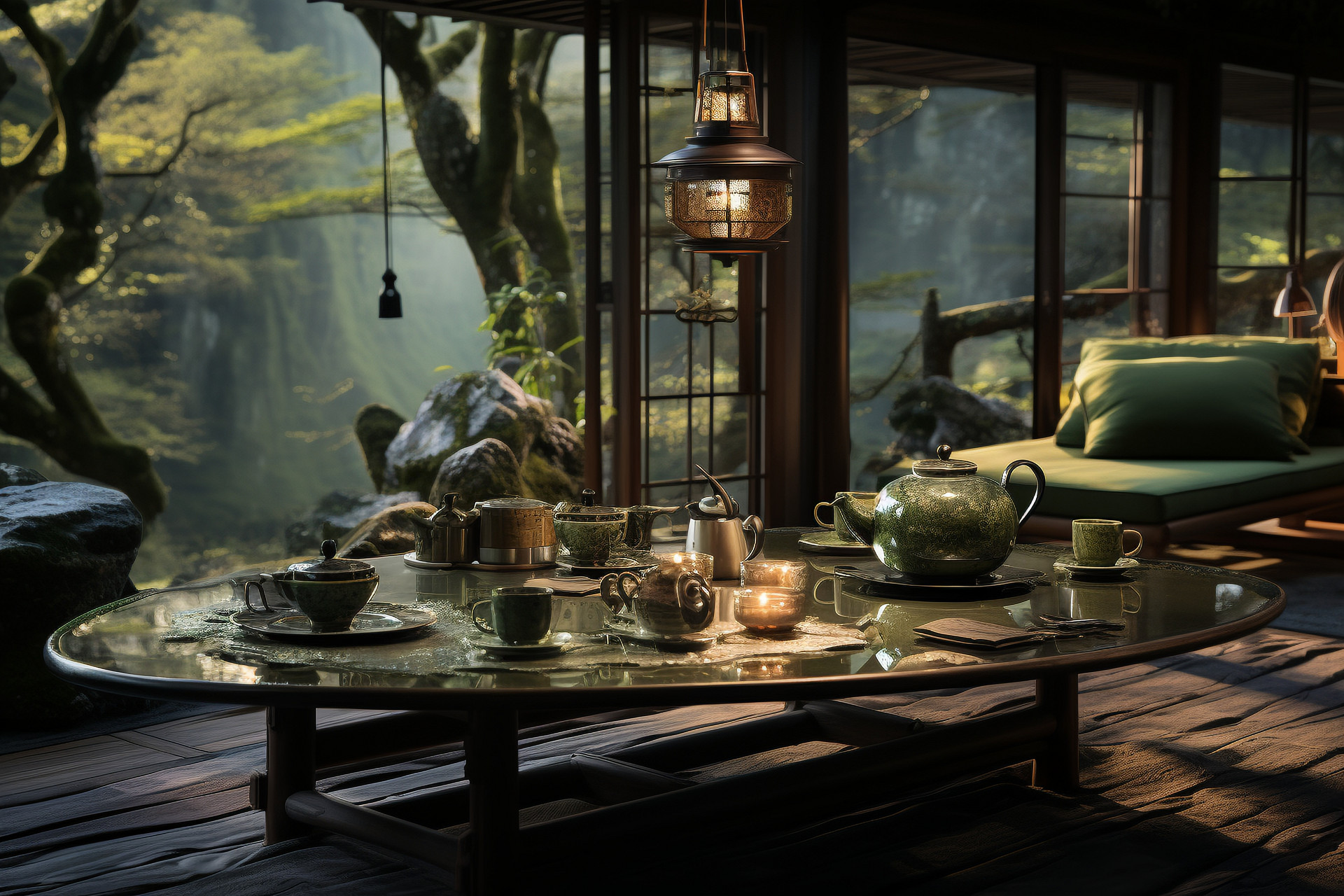
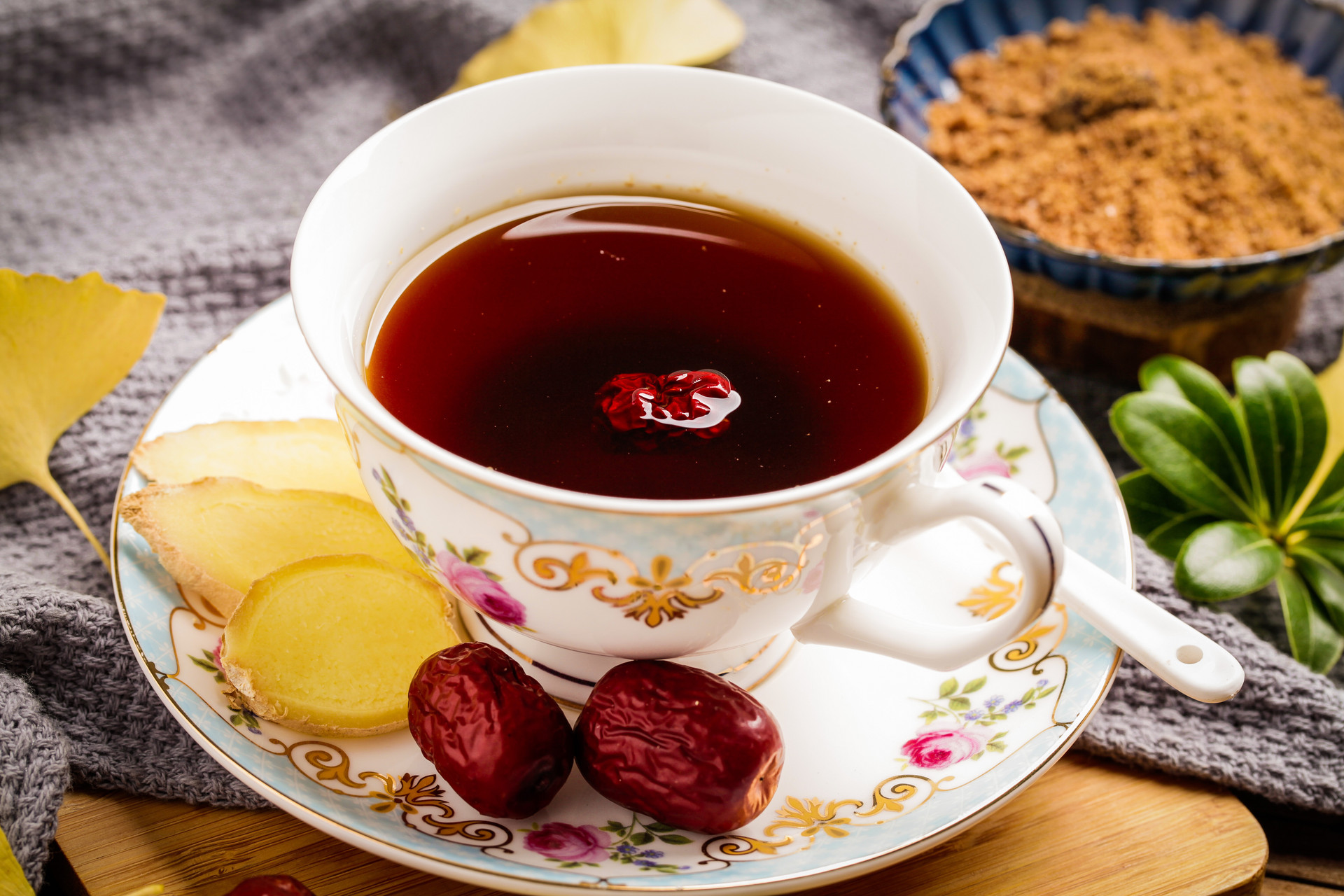
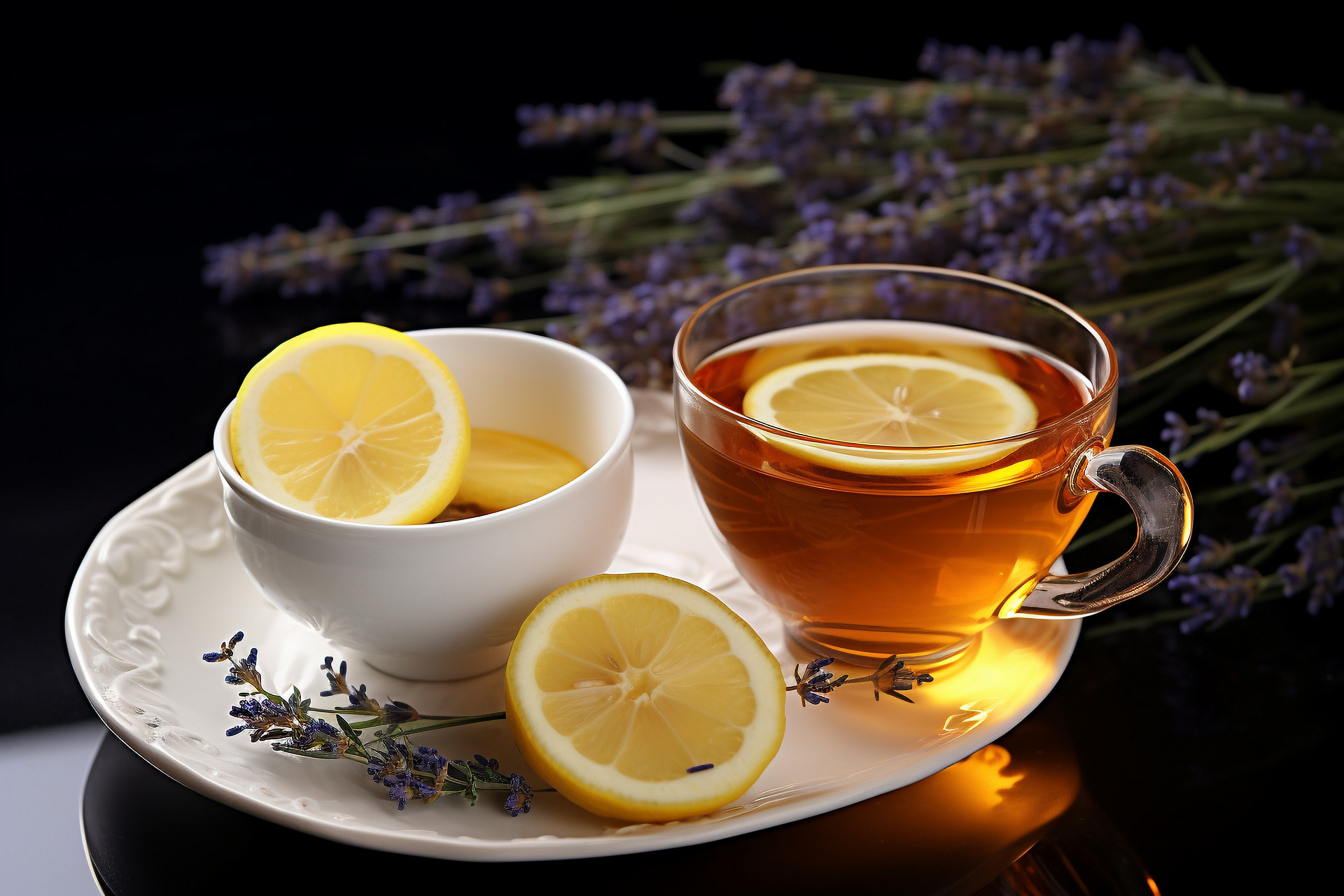
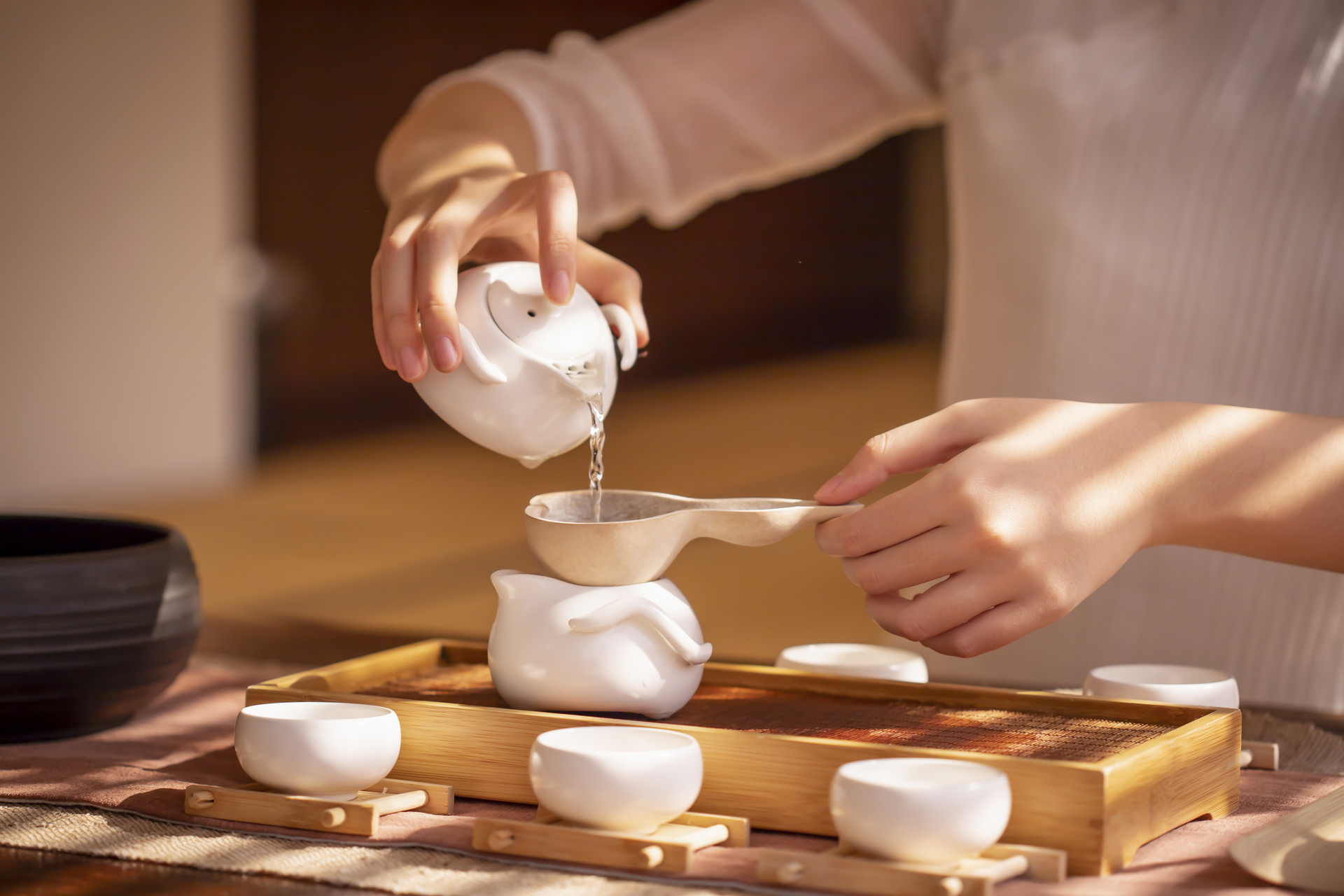
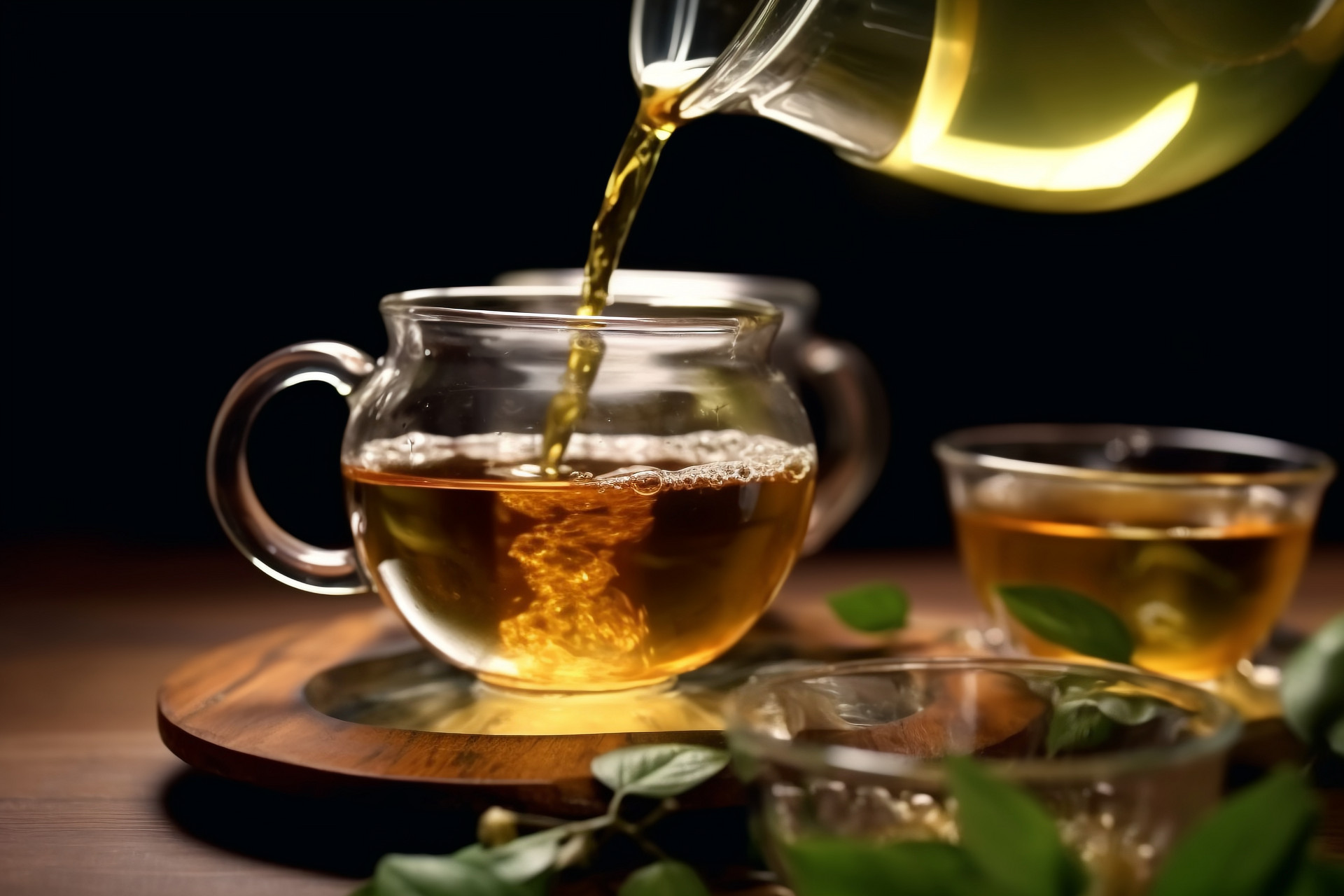

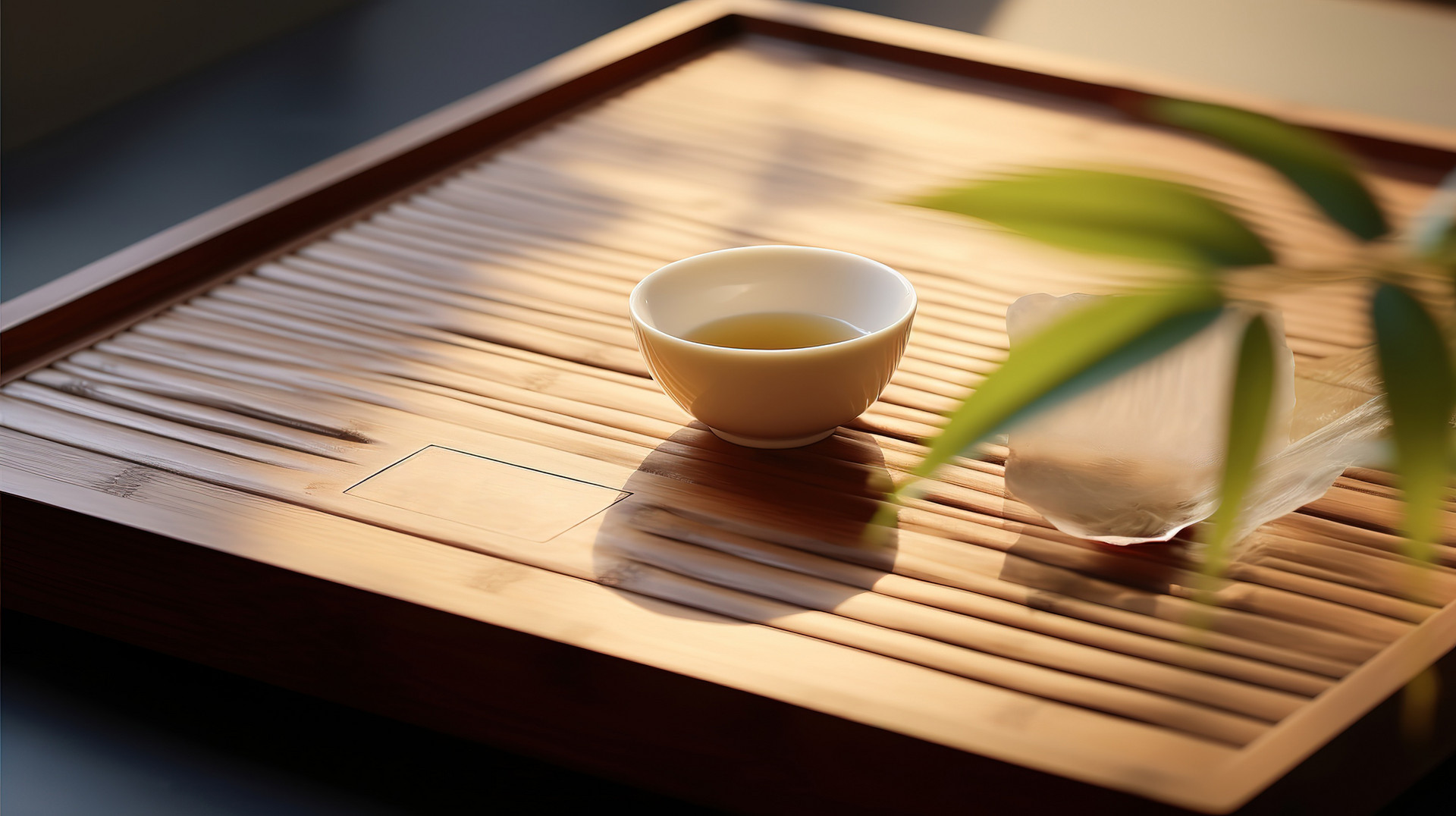
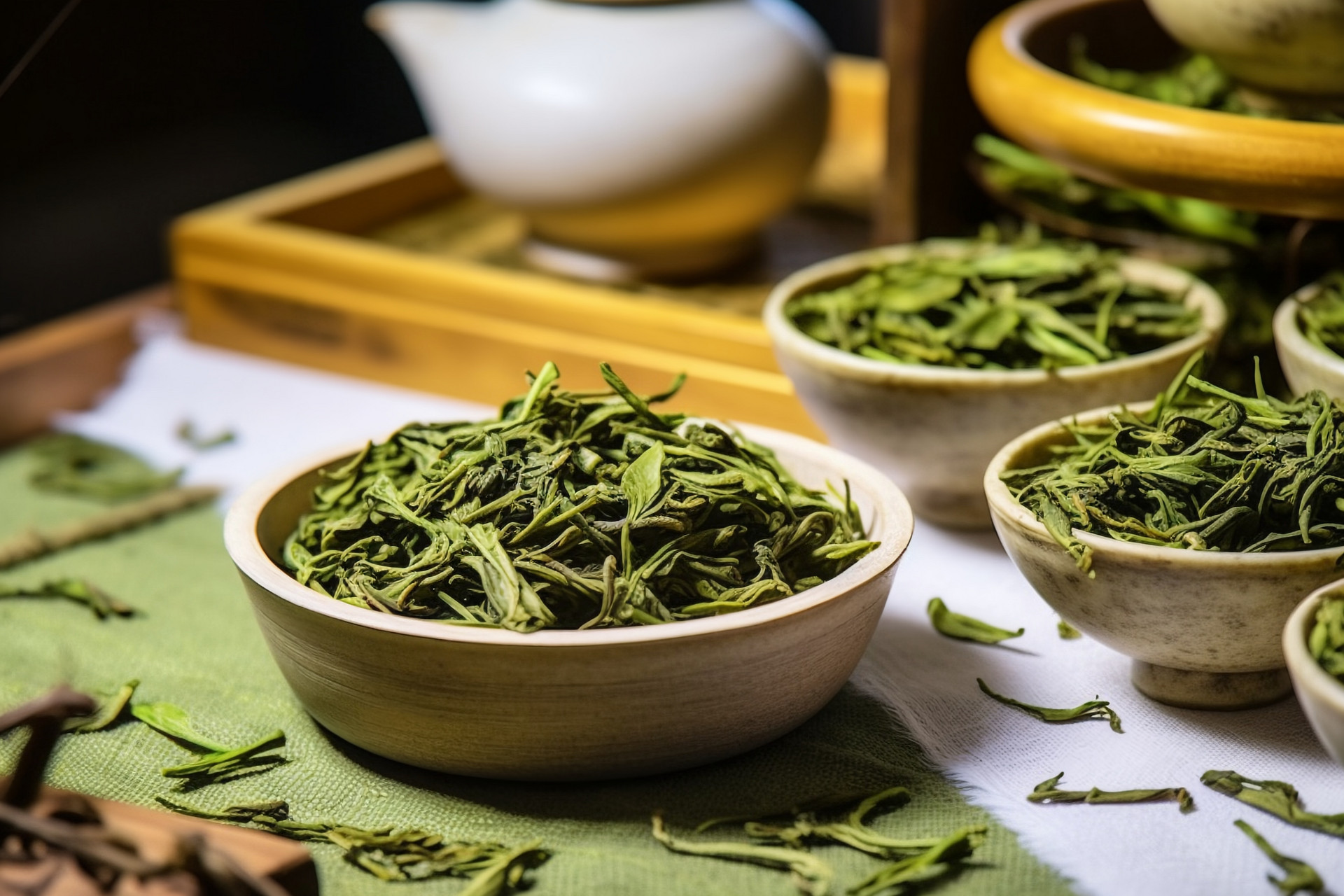
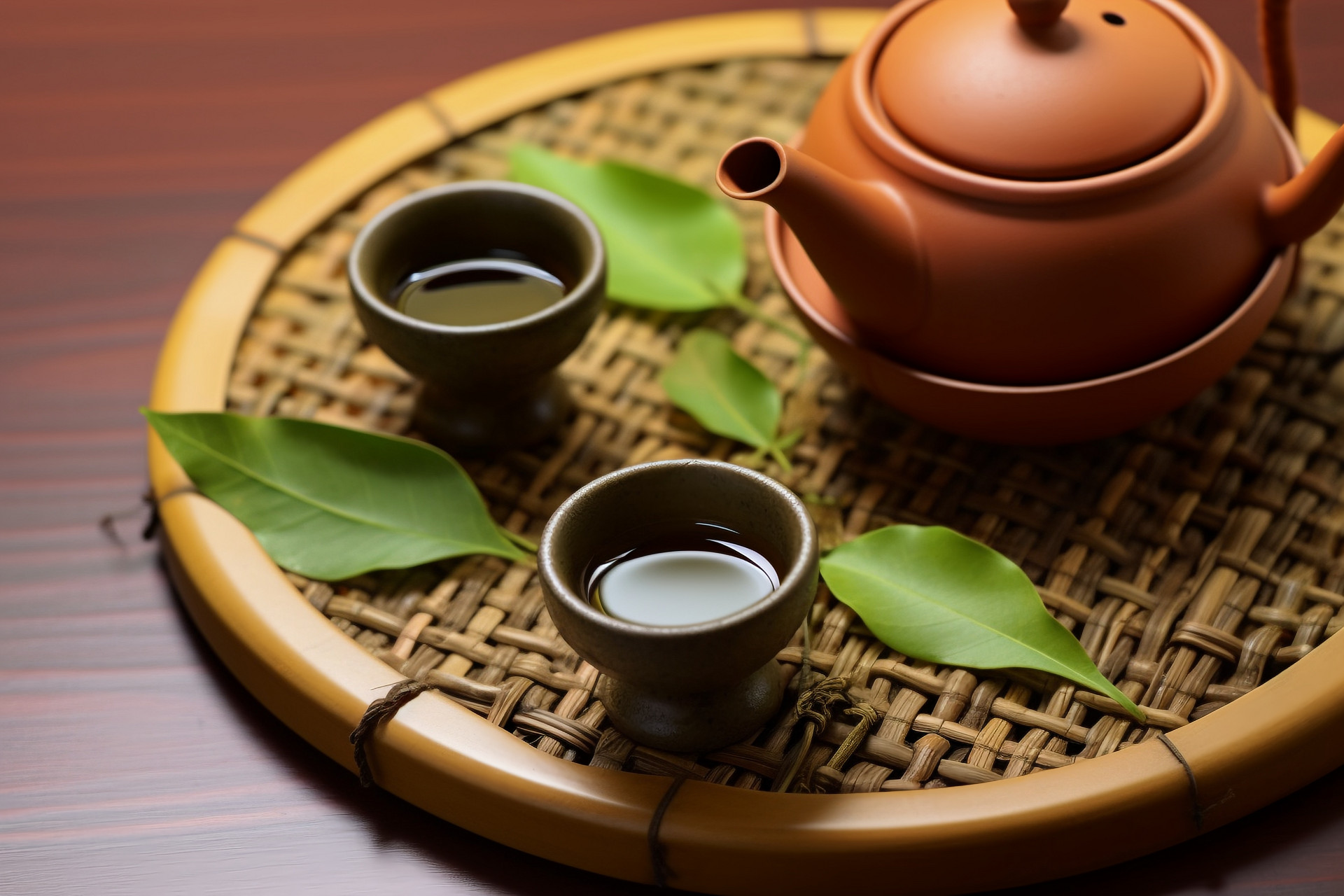
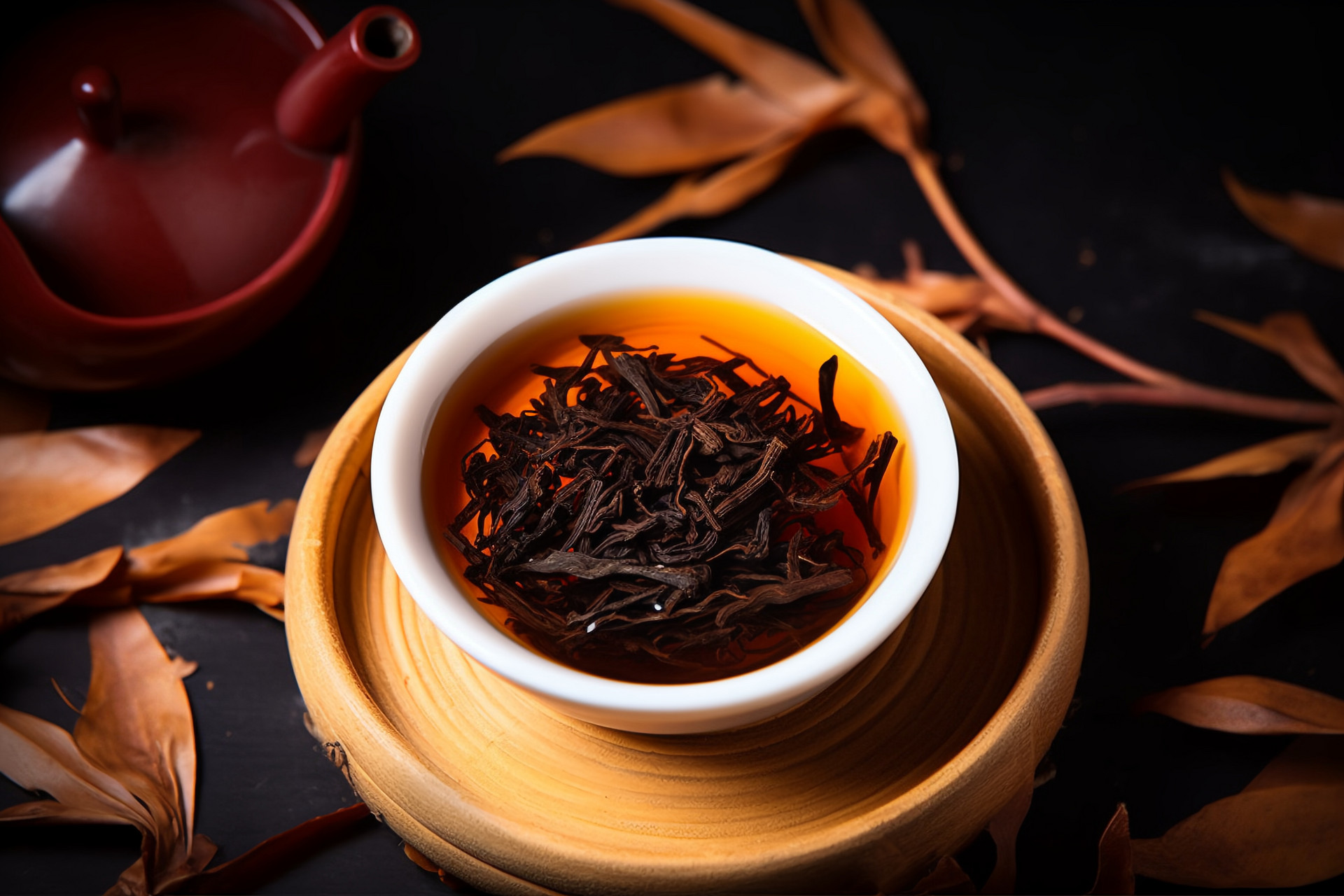
![[Herbal Wine Recipes for Health and Beauty]](https://tcmmaintenance.com/uploads/20240715/7241f6b6eafdaed88c28b26a37213964.jpg)